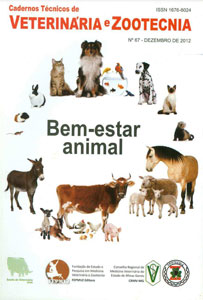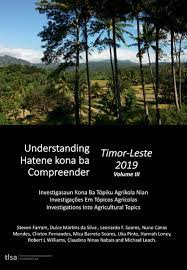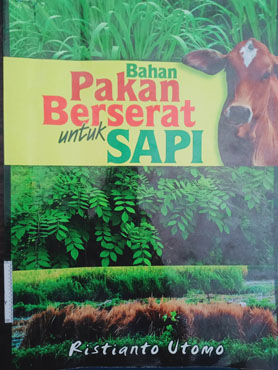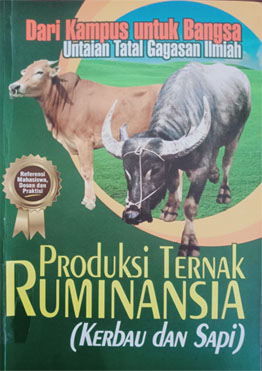ANIMAL SCIENCE AND ISSUES
Login
loginThe population of Neritina virginea (Linnaeus, 1758) in Barra Grande estuary, Ilha Grande, state of Rio de Janeiro in southern Brazil (23o S) was observed from February 1999 through December 2000. The sandflat where the neritids live was divided into 5 sectors, each 30 m long, and each sector was sampled separately. Densities were higher
in spring and lower in winter. Reproduction was continuous year-round, but with increased activity in early spring. Fecundity was about 80 eggs/embryos per capsule, and the sex-ratio was 1 males: 2.89 females. This population of N. virginea attained higher densities and shell size in the inner part of the estuary. A total of 40,596 individuals was
sampled, with shell length varying between 2.50 and 18.80 mm. Life span varied between 1.78 and 2 years for the first and second years respectively. Mortality rates did not differ significantly between years. Production varied from 0.099 g (AFDW) m-2 year-1 to 0.135 g m-2 year-1 while the ratio between production and biomass (P/B) ranged from 1.75 to 1.55. The larger body size of N. virginea may account for its low P/B compared to hydrobiids and Bittium spp.











